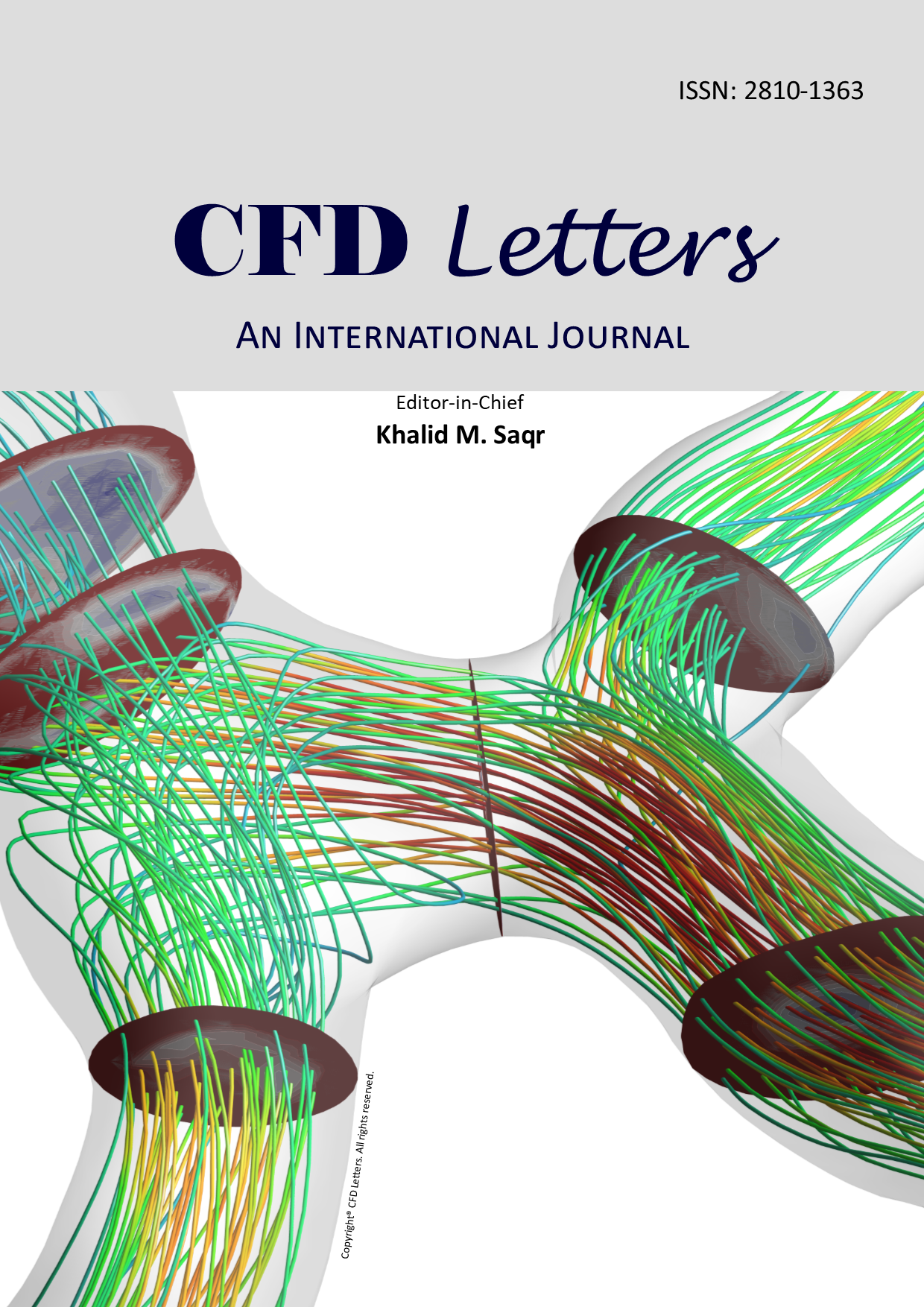Numerical Performance Study for the Buoy Shape of Point Absorber Wave Energy Converters
Keywords:
buoy, point absorber, CFD, numericalAbstract
The ocean wave is among the most promising renewable energy available. However, the idea of commercializing wave farm requires high operating cost compared to other RE sources. Effectiveness of wave energy collection device is highly dependent on the location and condition of the wave. Three-dimensional simulation tool is an ideal tool at preliminary design stage to optimise the device. In this paper, a wave structure interaction with application to wave energy device was studied numerically. The computational fluid dynamic analysis based on the Reynolds Average Navier-Stokes equations was used to investigate the interaction between wave and structure, and array effects among devices. Validation and predication of the performance of wave point absorber were done in this paper. Five different models were chosen as the object to study. The influence of wave point absorber devices array on their performance was investigated under the irregular wave conditions to improve the overall performance. Results show that optimum phase condition of buoys can be obtained by adjusting the mass density and radius. Studies found that cylindrical buoy of mass density of 100kg/m3 with 0.2m radius is the optimal size for the condition set in this research with the produced maximum force of 136.49 N.













